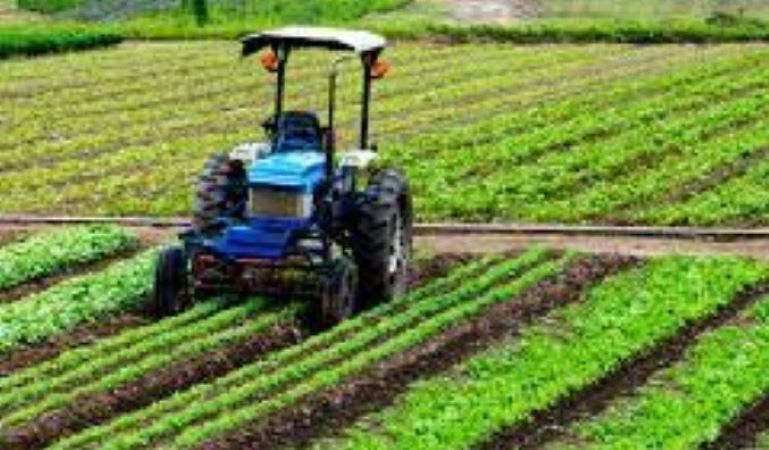Sustainable agricultural practices: Balancing productivity and environmental impact

Sriram Chitlur
Renowned American environmentalist Paul Hawken once said, “The first rule of sustainability is to align with natural forces, or at least not try to defy them.” This profound statement carries significant depth. It underscores a core principle of sustainability, urging us to synchronise our efforts with the rhythms of the natural world rather than resisting or manipulating them. Nature harbors inherent wisdom, deserving of our utmost respect.
To achieve sustainability, we must collaborate with nature, adopting methodologies like syntropic farming, regenerative farming, and agroforestry. These approaches mimic natural processes, fostering the restoration of soil vitality, the capture of carbon, and the preservation of biodiversity. By embracing these practices, we honor the wisdom of nature while paving the way for a more sustainable future.
Cultivating Health: From Healthy Soil To Healthy Societies
Recent years have seen a marked intensification in agricultural practices driven by the escalating demands of a growing population. This has led to an overreliance on synthetic fertilisers, which not only diminish soil fertility but also contaminate groundwater, undermining the very foundation of food quality.
It’s imperative that we shift our focus towards sustainable agricultural methods. The essence of sustainability lies in adopting an ecosystem-wide perspective, enhancing not only the quality of our farms but also human health. This approach ensures that meeting today’s needs doesn’t compromise the ecological balance necessary for future generations.
There is nothing more foundational to society than food, and in addressing this critical mission, sustainably managed farmlands play a pivotal role. By integrating organic practices, these farmlands nurture the soil, support beneficial microorganisms that contribute to soil health, and, consequently, produce nutrient-rich food. This cycle of nourishment between soil and society is essential for our collective well-being and environmental sustainability.
Growing Green: Sustainable Techniques For Environmental Harmony
Here are a few prominent sustainable practices exercised in managed farmlands that pave the way towards greener and more resilient agricultural landscapes:
Syntropic Farming: Syntropic Farming optimizes resource usage by strategically planting crops based on their growth habits and nutrient needs. It begins with fast-growing, short-lived species to establish ground cover and enrich the soil with organic matter, followed by slower-growing, long-lived species. This approach prioritizes soil health through minimal tillage and organic amendments while implementing water-harvesting techniques such as swales and trenches to conserve water and prevent erosion. Syntropic Farming fosters sustainable agriculture and environmental resilience.
Regenerative Farming: Regenerative farming is a comprehensive approach to agriculture that goes beyond mere sustainability. It focuses on actively revitalizing and improving the health of ecosystems, soil, and biodiversity. By employing a range of practices including biomass plantations, mulching, rainwater harvesting, organic solutions, and no-till farming, regenerative farming aims to enhance soil health, increase microbial activity, prevent erosion, and mitigate the effects of climate change.
Agroforestry: In this approach, trees are strategically integrated into agricultural fields, offering numerous benefits. These trees enhance soil quality by contributing organic matter through leaf litter and root turnover, thereby improving soil structure, nutrient cycling, and water retention. Moreover, they play a crucial role in mitigating climate change by sequestering carbon dioxide from the atmosphere, storing carbon in biomass and soil organic matter. Additionally, agroforestry systems promote biodiversity by providing habitat, food, and shelter for a diverse range of plant and animal species, contributing to overall ecosystem health.
Harmonising Life and Nature for a Sustainable Future
Sustainability isn’t about overpowering or taking advantage of nature for quick benefits. Instead, it’s about finding a balance with the Earth’s natural patterns and cycles. This approach requires us to change how we think, acknowledging that our own health is deeply connected to the planet’s wellbeing. With managed farmlands and its sustainable practices to contribute to soil health we move in harmony with nature, to create a future that’s sustainable and resilient for all life on Earth.
Sriram Chitlur is MD & Co-Founder, Hosachiguru

